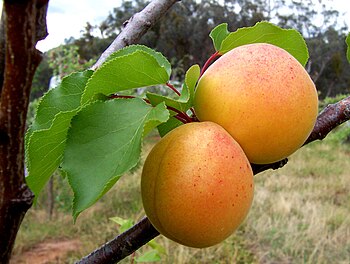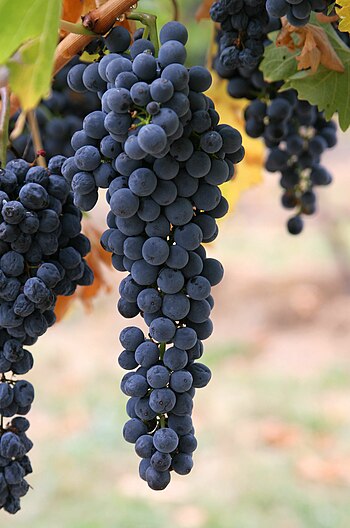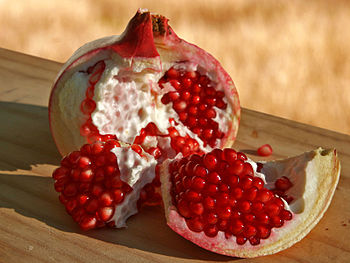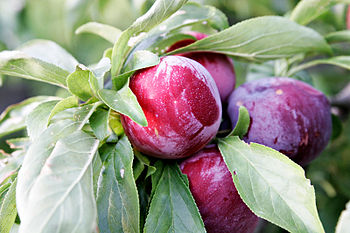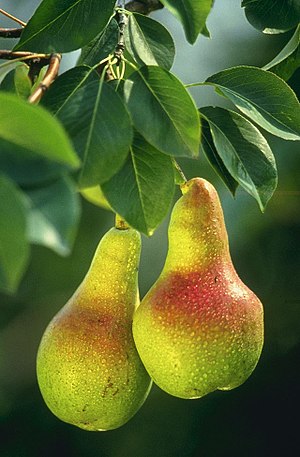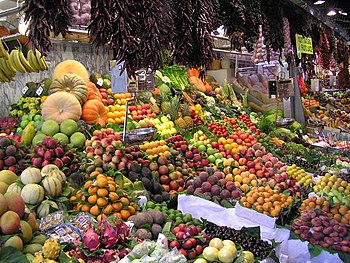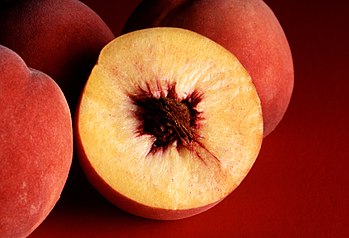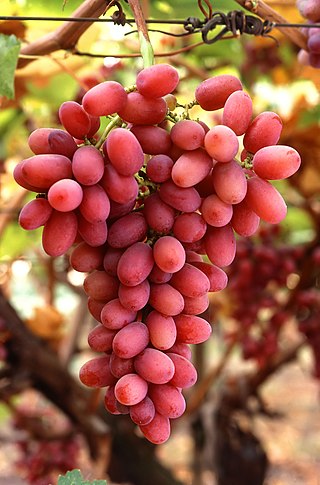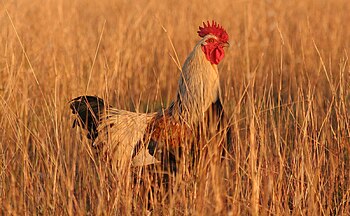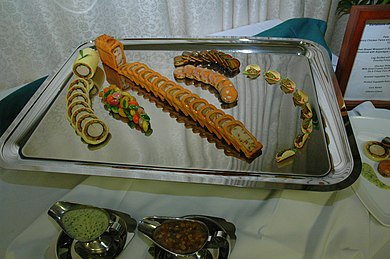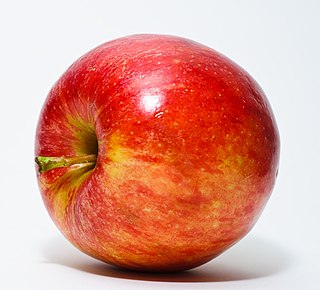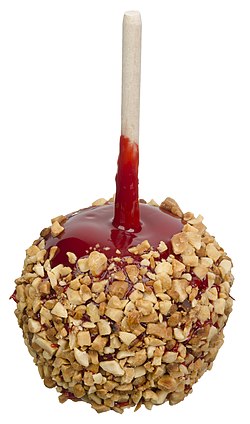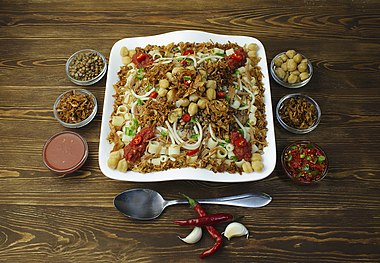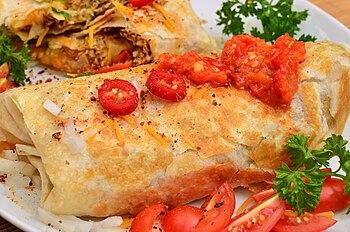|
These are the pictures that are featured on the Food portal main page. Please follow the usage instructions listed below when placing a new picture here. |
Selected content:
Selected content tools: |
Usage
| |
Selected picture 1
Portal:Food/Selected picture/1
Selected picture 2
Portal:Food/Selected picture/2
Selected picture 3
Portal:Food/Selected picture/3
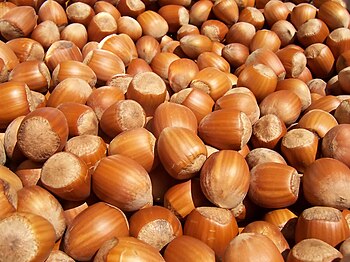
Selected picture 4
Portal:Food/Selected picture/4
Selected picture 5
Portal:Food/Selected picture/5
Selected picture 6
Portal:Food/Selected picture/6
Selected picture 7
Selected picture 8
Selected picture 9
Portal:Food/Selected picture/9

Selected picture 10
Selected picture 11
Selected picture 12
Selected picture 13
Portal:Food/Selected picture/13

Selected picture 14
Selected picture 15
Selected picture 16
Selected picture 17
Selected picture 18
Portal:Food/Selected picture/18
Selected picture 19
Portal:Food/Selected picture/19
Selected picture 20
Portal:Food/Selected picture/20
Selected picture 21
Portal:Food/Selected picture/21

Selected picture 22
Portal:Food/Selected picture/22

Selected picture 23
Portal:Food/Selected picture/23
Selected picture 24
Portal:Food/Selected picture/24

Selected picture 25
Portal:Food/Selected picture/25

Selected picture 26
Selected picture 27
Portal:Food/Selected picture/27

Selected picture 28
Portal:Food/Selected picture/28
Selected picture 29
Selected picture 30
Selected picture 31
Portal:Food/Selected picture/31
Selected picture 32
Selected picture 33
Selected picture 34
Selected picture 35
Portal:Food/Selected picture/35
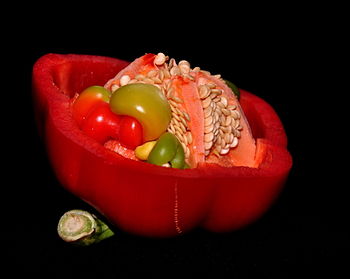
Selected picture 36
Selected picture 37
Selected picture 38
Portal:Food/Selected picture/38

Selected picture 39
Portal:Food/Selected picture/39

Selected picture 40
Portal:Food/Selected picture/40
Selected picture 41
Portal:Food/Selected picture/41
Selected picture 42
Portal:Food/Selected picture/42
Selected picture 43
Portal:Food/Selected picture/43
Selected picture 44
Portal:Food/Selected picture/44
Selected picture 45
Portal:Food/Selected picture/45
Selected picture 46
Selected picture 47
Portal:Food/Selected picture/47
Selected picture 48
Portal:Food/Selected picture/48
Selected picture 49
Portal:Food/Selected picture/49
Selected picture 50
Portal:Food/Selected picture/50


